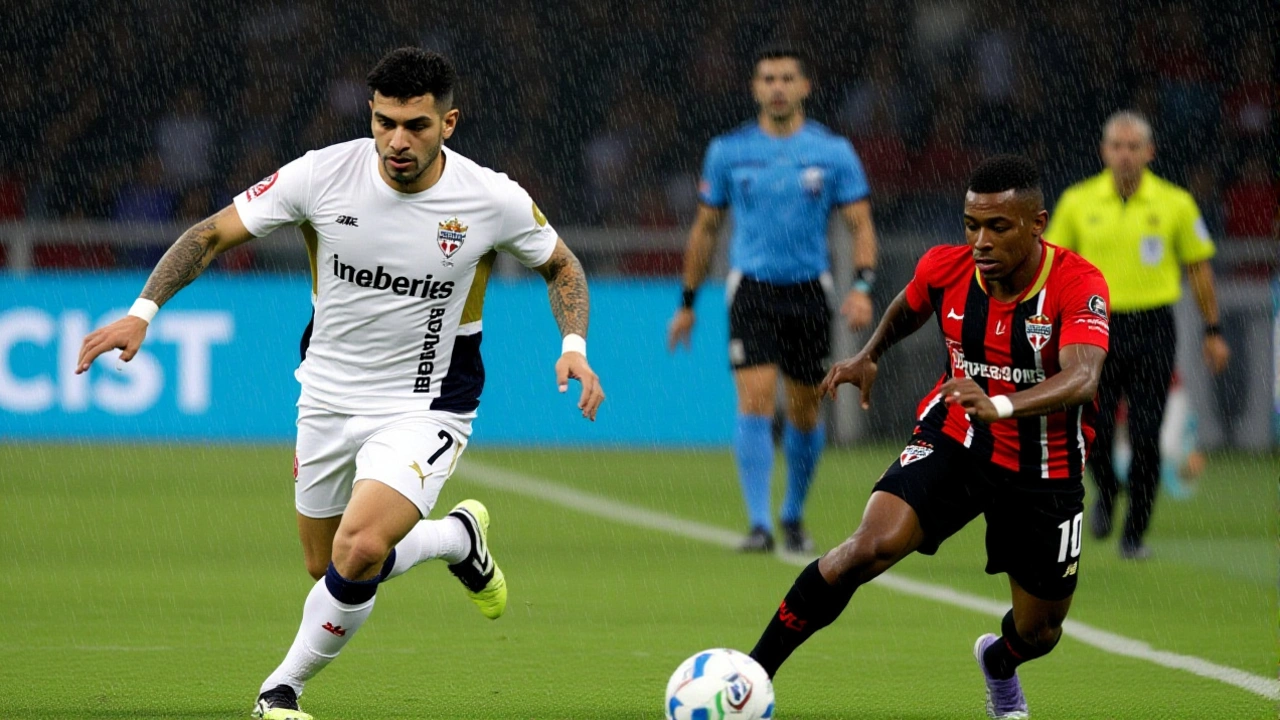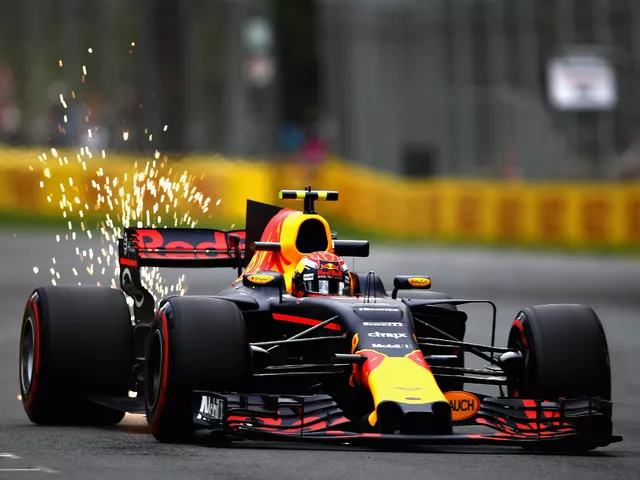Liga de Quito and the World of Motorsport
When talking about Liga de Quito, a premier Ecuadorian football club famous for its fierce competition and loyal supporters. Also known as Liga, it embodies a winning mindset that resonates far beyond the soccer pitch. That same drive shows up in Subaru Motorsport, the racing division that turns production cars into track‑ready machines, where teams chase podiums with the same hunger fans have for championship titles.
What ties a football club to a racing division? It’s the core idea of competition – every participant follows a set of rules that level the field. In motorsport, those rules are called homologation rules, regulations that require race cars to be based on road‑legal models, ensuring fairness and technology transfer. Those same principles inspire hobbyists building a racing simulator, a home‑based setup that mimics real‑world tracks, letting drivers practice the perfect racing line and improve lap times. The racing line – entering wide, clipping the apex, and exiting wide – mirrors a striker’s path through defenders, both seeking the fastest, most efficient route to score.
Our collection below dives into these connections: you’ll find step‑by‑step guides on how to build a racing simulator, explanations of why homologation matters for manufacturers like Subaru, and breakdowns of Formula 1’s hierarchy that echo league structures in football. Whether you’re a fan of Liga de Quito looking for the adrenaline of motorsport or a gearhead curious about the discipline behind winning teams, the articles ahead offer practical tips, real‑world examples, and a fresh perspective on competition across sports. Let’s jump in and see how the spirit of Liga de Quito fuels excitement on the track and beyond.

Liga de Quito Stuns São Paulo to Reach Libertadores Semis After 17‑Year Gap
Liga de Quito beat São Paulo 1‑0 on Sep 25, 2025, sending the Ecuadorian side to its first Libertadores semifinal in 17 years, where they'll face Palmeiras.
CONTINUE READING



